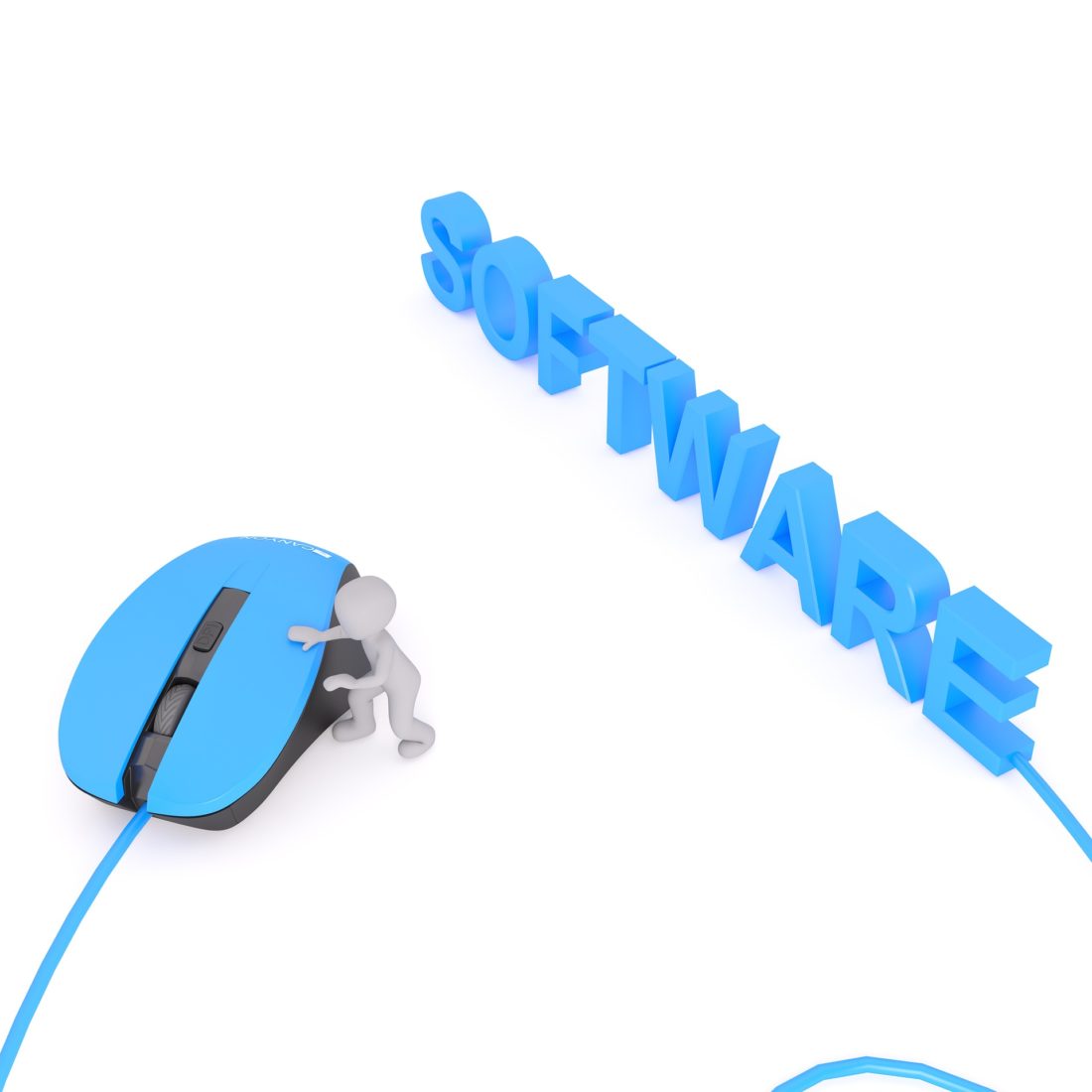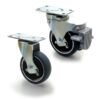Finding the Right Data Transfer Software for Your Business in Five Simple Steps

Your business involves thousands of demands, from the urgent, pressing big needs to the tiny minutiae that can get overlooked but are often critical to running things smoothly. Data transfer software is becoming more and more necessary as businesses become increasingly cloud-based, and the right software, such as that from Deedster, is a must-have for businesses both big and small.
Cloudwards reports that 39% of data-disasters are caused by accident, 1 in 10 computers is infected with a virus every month, and still 30% of people have never backed up their software. Can your business afford to lose its data to hacking, viruses or accidental mistakes? Even if it can, it is still going to be stressful, time consuming and costly.
Security for your business, like if you were to purchase ipswitch software, is now considered a basic business expense. But how do you know what the right one is for you?
Here are five steps to help you understand how to find the right data transfer software for your business.
- Be sure you can see every step of the process.
Your IT person or staff should not be the only one(s) who know what is going on with your business software. Get software that you understand and can control from a single point. Your file transfer software should allow you to see the entire process as it is run, not just the individual file transfers themselves.
- Choose a file transfer software that can be part of your everyday business.
Your software should be able to be running smoothly without you even noticing it is there. If you have more than one location or computers that need to talk to each other, transferring files manually is time consuming and inefficient. A file transfer software that runs in the background and integrates seamlessly with your other content and files is crucial so that your business can run without interference. In addition to this, the service should also be tailored to the exact business that you’re operating. For instance, a dedicated file transfer service for freelancers and agencies would be the appropriate choice if your company followed one of these models, as it would help to reduce inefficiencies and potential technical difficulties.
- Determine what is your priority, and be sure it is your file software’s as well.
As mentioned before, every business entails big and small aspects to run it daily. Some things are more important than others, such as payroll and account ledgers. Your file transfer software should not compartmentalize everything that runs your business as the same level of importance.
Rather, there are software transfer solutions out there that will let you control the importance of which tasks take priority, so that at peak times throughout the day you don’t have jams in the transfer queue when you need the information the most.
- Check out the error checking protocols before you decide.
Just because it’s a computer does not mean it is fail safe. Bad data can effect your business in many ways, none of them good. Be sure that your file transfer software has a system in place where error checking is part of the regular service provided.
- Ensure that you can determine who has access to what data at any given time.
Not everyone who uses your computers needs or should have access to everything in your system. A good file transfer software will allow you to assign role-based access control to each person in your business, so you know who is allowed to see or change each aspect of your business.
Research, research, research!
The security of your business is not something that you should take lightly. Do your research, ask questions, check out impartial sites like business.com’s suggestions for “Best Server Backup and Imaging Software,” and decide which file transfer software is best for your business needs.









